From a young age, African-American artist Shikeith understood the presence of a spiritual realm coexisting with our own, one that transcended the innate limits of rational thought — and by extension, language itself. But experience teaches us that reality is far greater than what we are taught. Artists understand freedom begins when you step off the path in search of the unknown, for liberation lies in the creation of paradigms as yet untold.
“When I first started making photographs, it was the idea of creating spaces where Black men could tap into the emotional tonalities of their being that have been restricted into one dimensional spaces by way of patriarchal definitions of masculinity,” Shikeith says. “I hadn’t really had the full language back then but I knew that it was related to the psychological expression of Black manhood, which encapsulates the full range of emotions and histories we’re entangled in.”
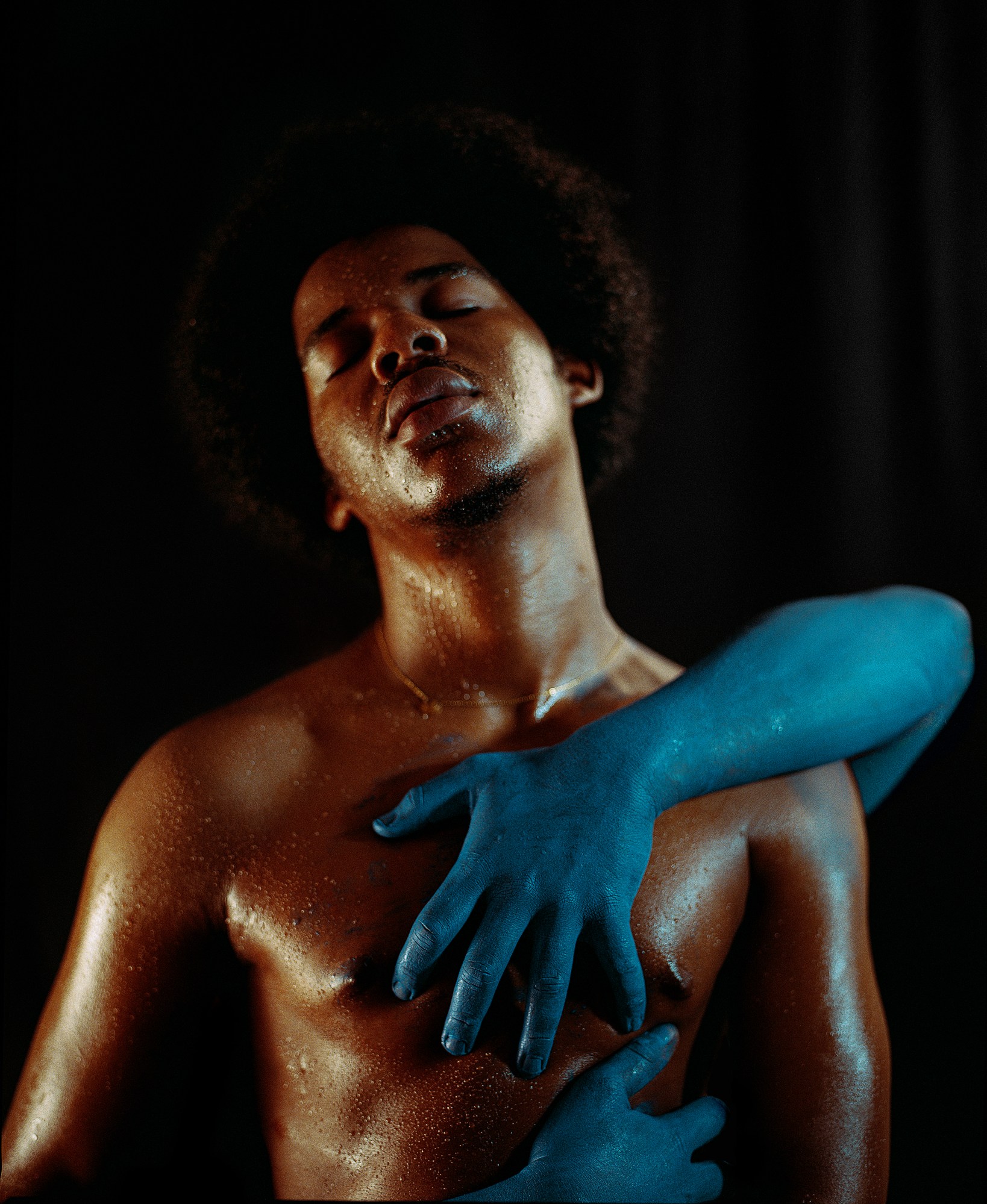
Shikeith began to formulate his own visual language during his second year at the Yale School of Art, while making photographs of his friends at a lake. Moved by something profound yet ineffable, he decided to investigate the impact of blue space on the psyche. “The cosmologies of blue and blues have been woven in to African-American culture and queerness in particular,” he says. “I said to myself, ‘It would be great as Black men to embody and carry this blue space wherever we go.’ I began to develop a language around this psychic blueness, which is a language of liberation for me.”
Language, like art, channels the invisible forces that surround us into the physical plane. They are two sides of the same coin, giving form to what has gone unacknowledged, unseen, or misunderstood as an act of reclamation and restoration. With the new exhibition grace comes violently at Yossi Milo Gallery in New York, and forthcoming publication of his first book, Notes towards Becoming a Spill (Aperture), Shikeith works across photography, installation, film, and sculpture to explore the experiences of queer Black men who have had to fashion a language all their own to explore visibility, representation, desire, and identity.
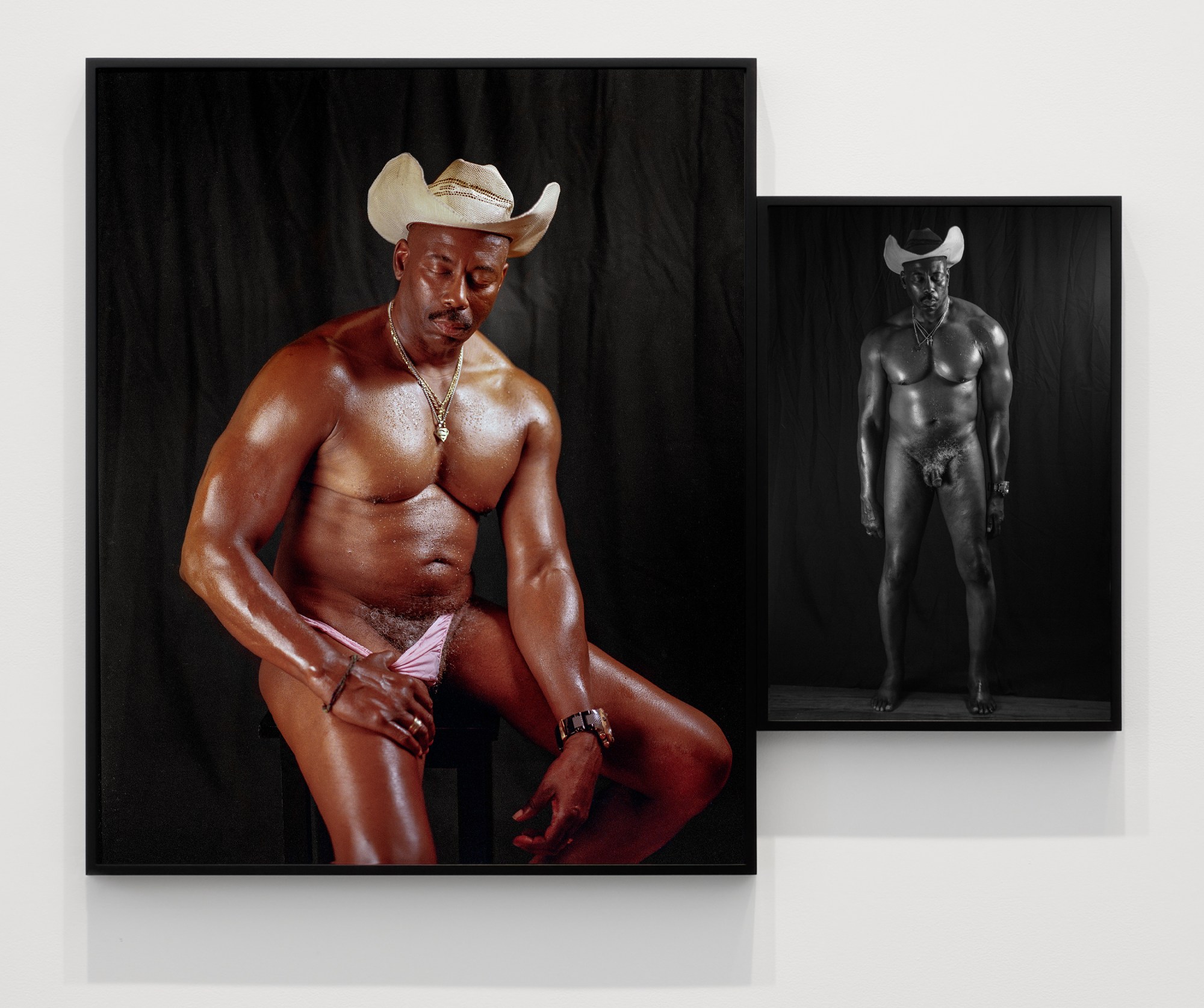
Continuing in the traditions of Black queer icons like writer James Baldwin, filmmaker Marlon T. Riggs, and poet Essex Hemphill, all of whom have used art as their weapon of choice, Shikeith’s practice is rooted in a need to disentangle the specters of racism and homophobia that haunt queer Black men. With grace comes violently, Shikeith reminds us that transcendence does not emerge from peace, but from an unstoppable will to confront pain, sorrow, and loss in order to overcome oppression against all odds.
“I’ve had to deal with a lot of grief in my personal life,” he says. “The isolation of being by ourselves because of the pandemic, in that time, there was a lot of self-reflection and wanting to shed many parts of myself that were no longer beneficial to begin again. In my work, I’m always portraying incidents of renewal. Whether I am depicting baptisms or exorcism, I’m thinking about how I can get towards that space of grace.”
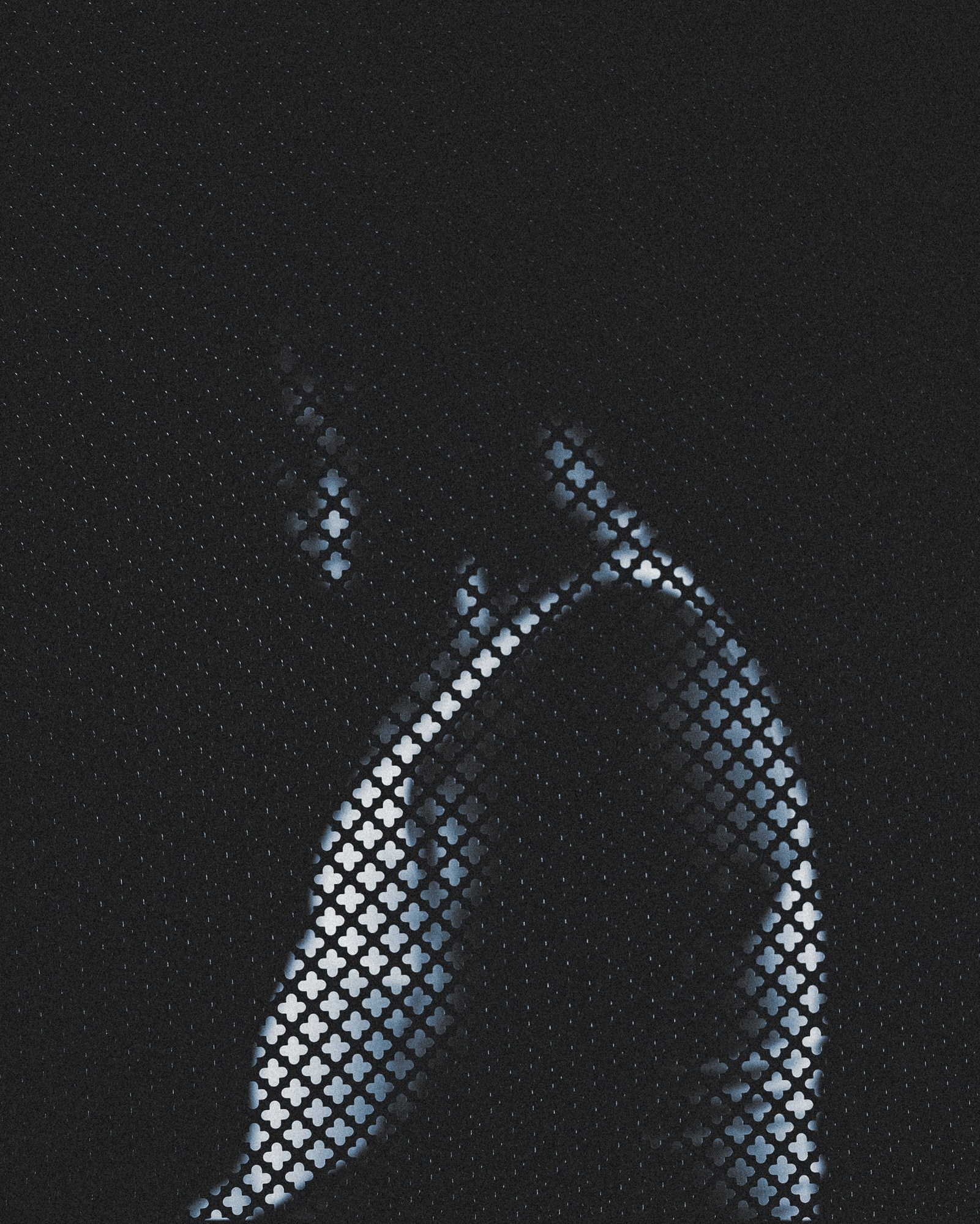
For Shikeith, the process is non-linear. “It’s always this up and down entanglement you have to go through in order to see what’s on the other side of what you’re dealing with. ‘Grace comes violently’, which comes from a Greek tragedy, was the perfect saying for what I’ve always talked about: these ideas of revision, metamorphosis, spilling, this unruly route towards becoming and wanting to embrace that.”
Photography, with its singular ability to allow us to literally feel seen, has a transformative effect on the way we think about ourselves, one another, and the world itself. Buzzwords like ‘“visibility” and “representation” are not the end but rather the start of an on-going process of recognition, empathy, and respect. “The photograph captures the true essence of a person,” Shikeith says. “But the medium also lends itself to other possibilities outside of these direct representations to something that’s more abstract and happening beneath what we see.”
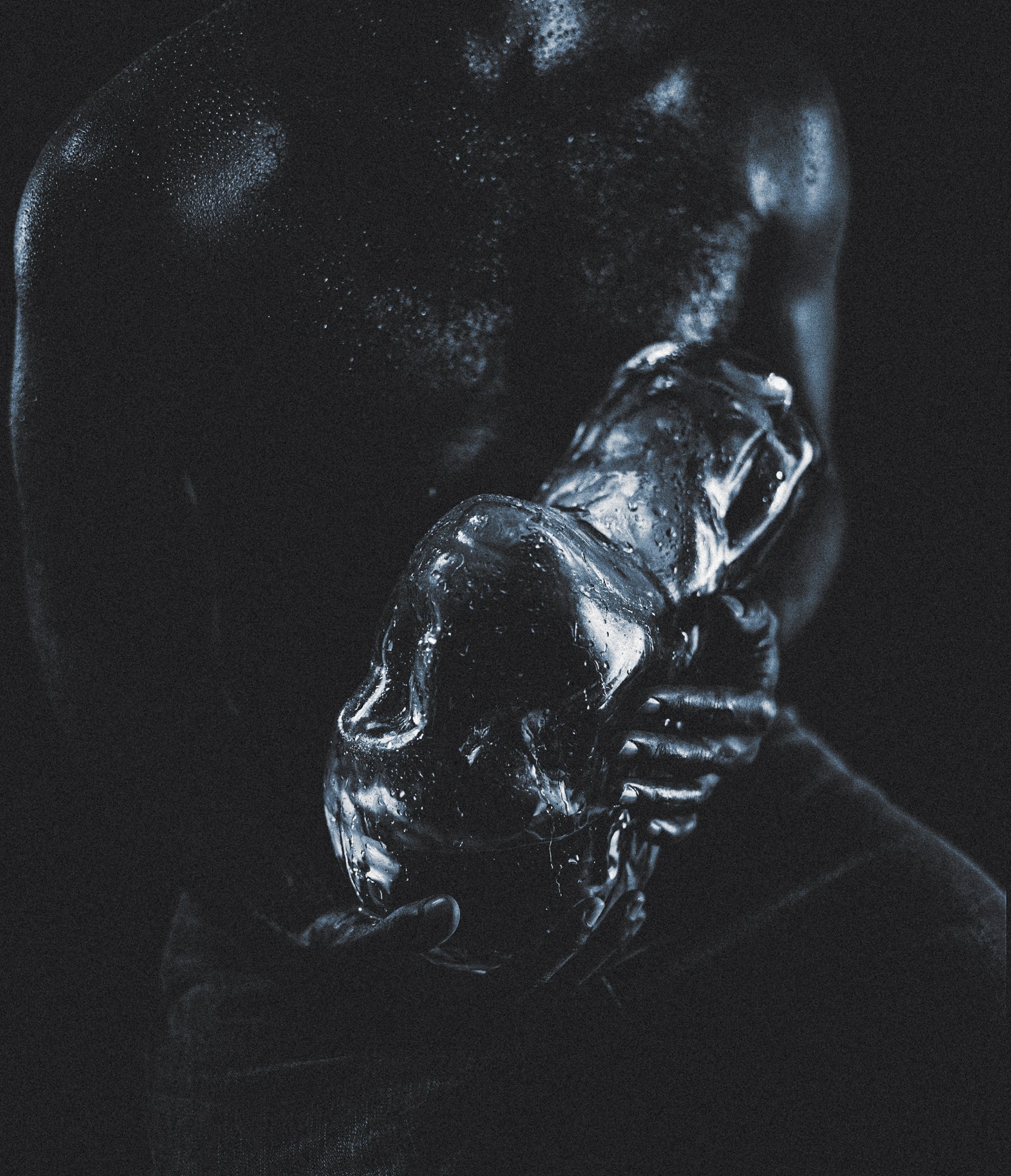
This is the world of the uncanny. You know it when you feel it — the familiar made foreign by something not entirely knowable, something eerie and mysterious yet strangely alluring. It is perhaps a portal into the sublime, into a state of awe and wonder that allows us contact with the divine. For Shikeith, the experience of the uncanny began at his North Philadelphia childhood home, which he shared with a ghost named Tom. “He raised hell around the house,” he recalls. “He locked my grandmother in the basement for hours at a time. He would knock over Bibles and everything else.”
Shikeith’s grandmother wasn’t new to this. She too had grown up in a house that was haunted and shared those stories with Shikeith and his sister when they were young. “On top of that, my grandmother was a huge fan of horror cinema — sci-fi films like Poltergeist,” he says. “We heard stories of these encounters with the other world and were getting visuals from watching horror films together. It was very heavy on my imagination as a child, these ideas of ghosts and the rituals you do to get rid of them.”
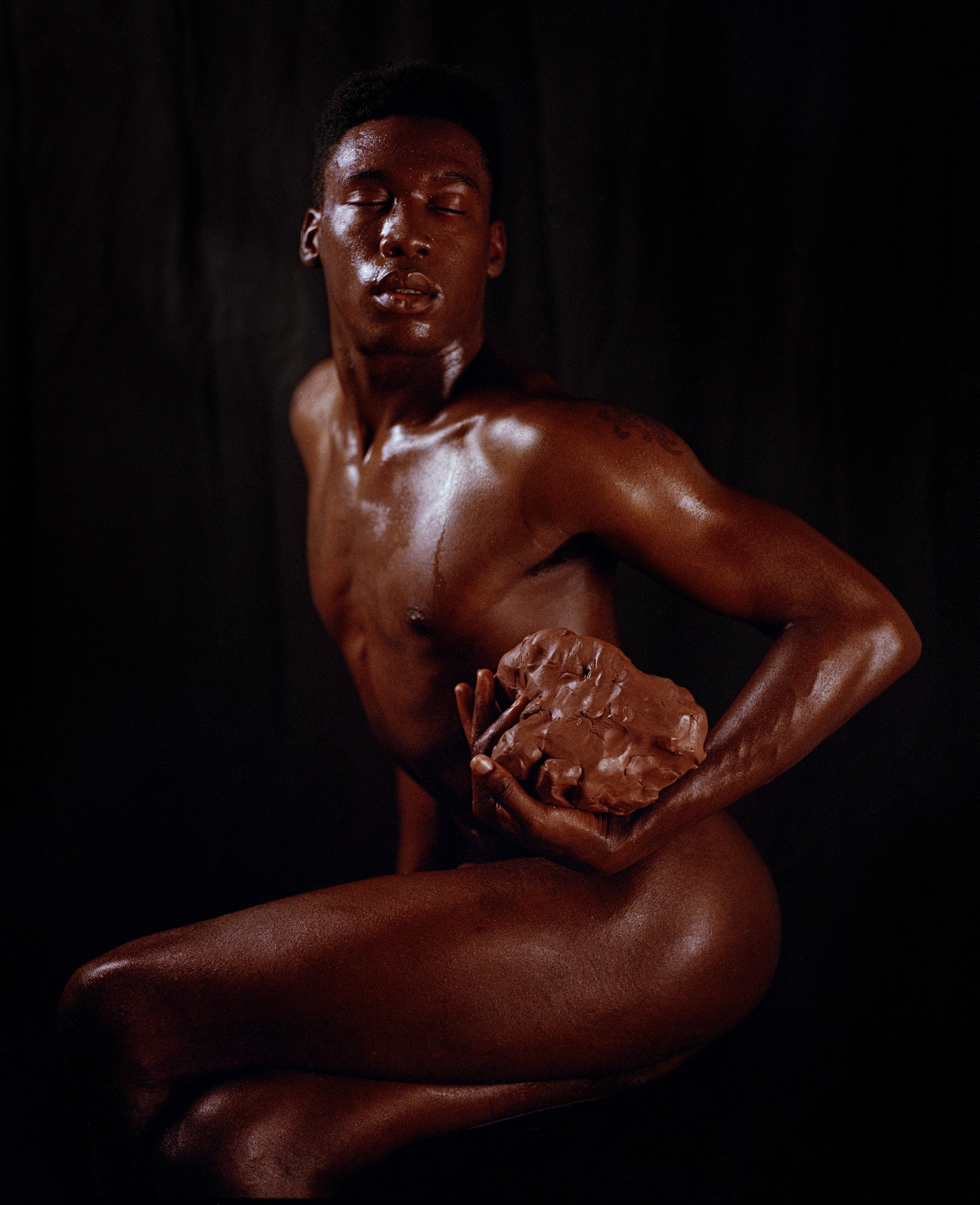
But, as Shikeith experienced first hand, not all spirits were up to no good. After getting very sick as a child, he remembers his grandmother’s mother sitting beside him on the bed, watching over him — even though he had never seen her before. “There was always an understanding of the good and the bad in terms of these encounters,” he says.
Which brings us to “hauntology” — a concept Shikeith created that first took root when he began researching the psychic impact of blue space. In the South, the Gullah Geechee living on the coasts of the Carolinas and Georgia, would create a pigment called haint blue, drawn from the indigo crop grown on plantations where they were enslaved. They painted the ceilings of porches, window frames, and doorframes with this blue to trick ghosts. “They believed that ghosts would mistake this colour for water and would not be able to enter their interior space,” he says.
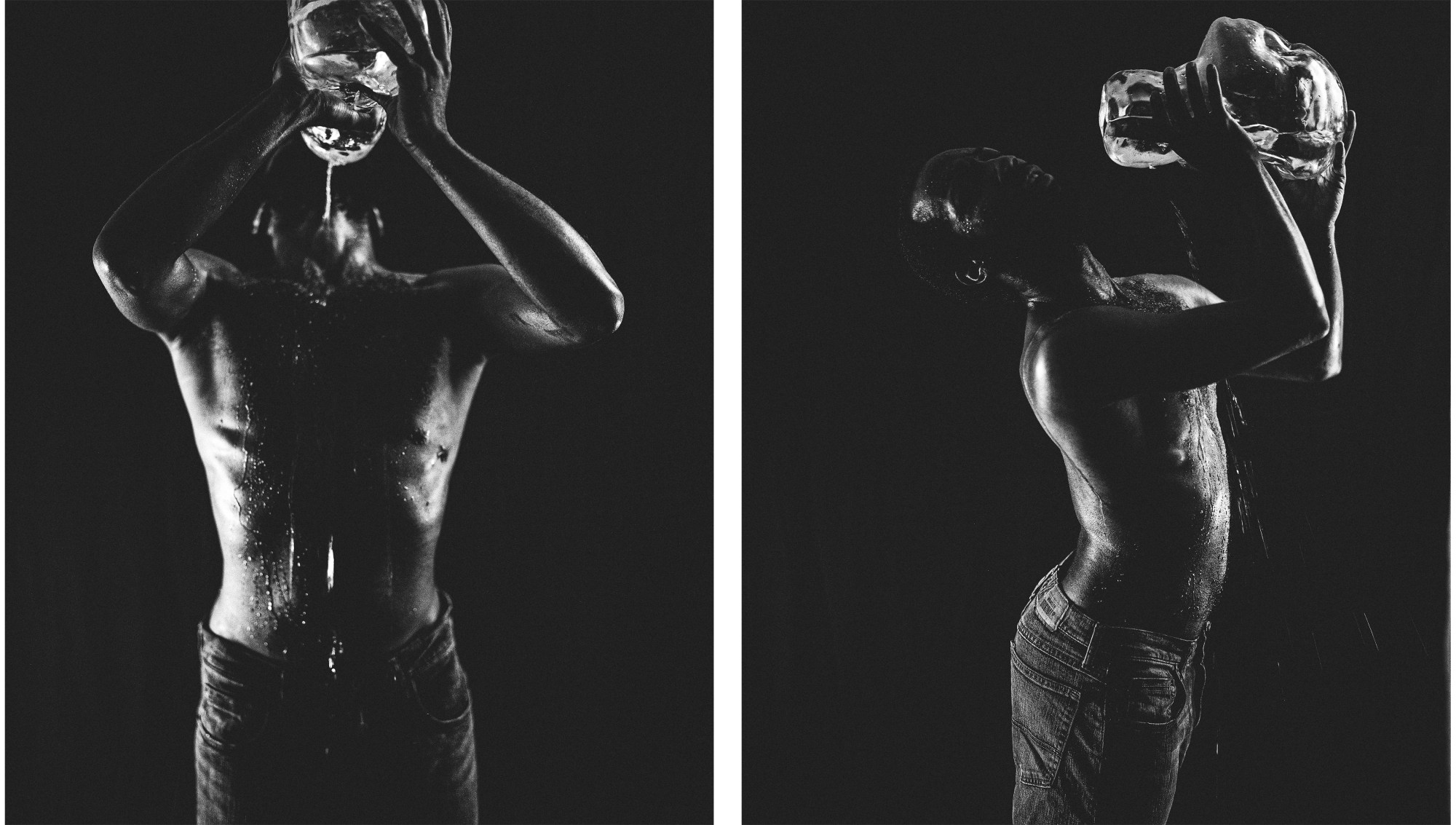
Shikeith began to think about how art could be used in a similar way, to confront and exorcise the histories of racism and homophobia from the mind, body, and spirit of queer Black men. Working with the same models for over 10 years, he establishes long-term relationships that grow organically with the passage of time. With love, trust, and respect forming the foundation of his work, Shikeith creates a space for vulnerability that goes far beyond the physical realm, the unclothed body being just the start.
Shikeith’s work is rich, vivid, and crisp — straightforward yet resisting the immediate accessibility of the consumptive gaze baked into the foundation of photography and cinema. Inextricably linked to European colonisation of the globe, photography has been used to subjugate people across the African diaspora for nearly 200 years. We have inherited this language of dangerous ideological beliefs, beginning with objectification being rebranded as “objectivity”.
In rejecting these paradigms to create a new way of seeing, Shikeith follows the call of Toni Morrison, who famously said in a speech while accepting the 1993 Nobel Prize in Literature, “We die. That may be the meaning of life. But we do language. That may be the measure of our lives.”
‘Shikeith: grace comes violently’ is on view through 24 June 2022, at Yossi Milo Gallery in New York.
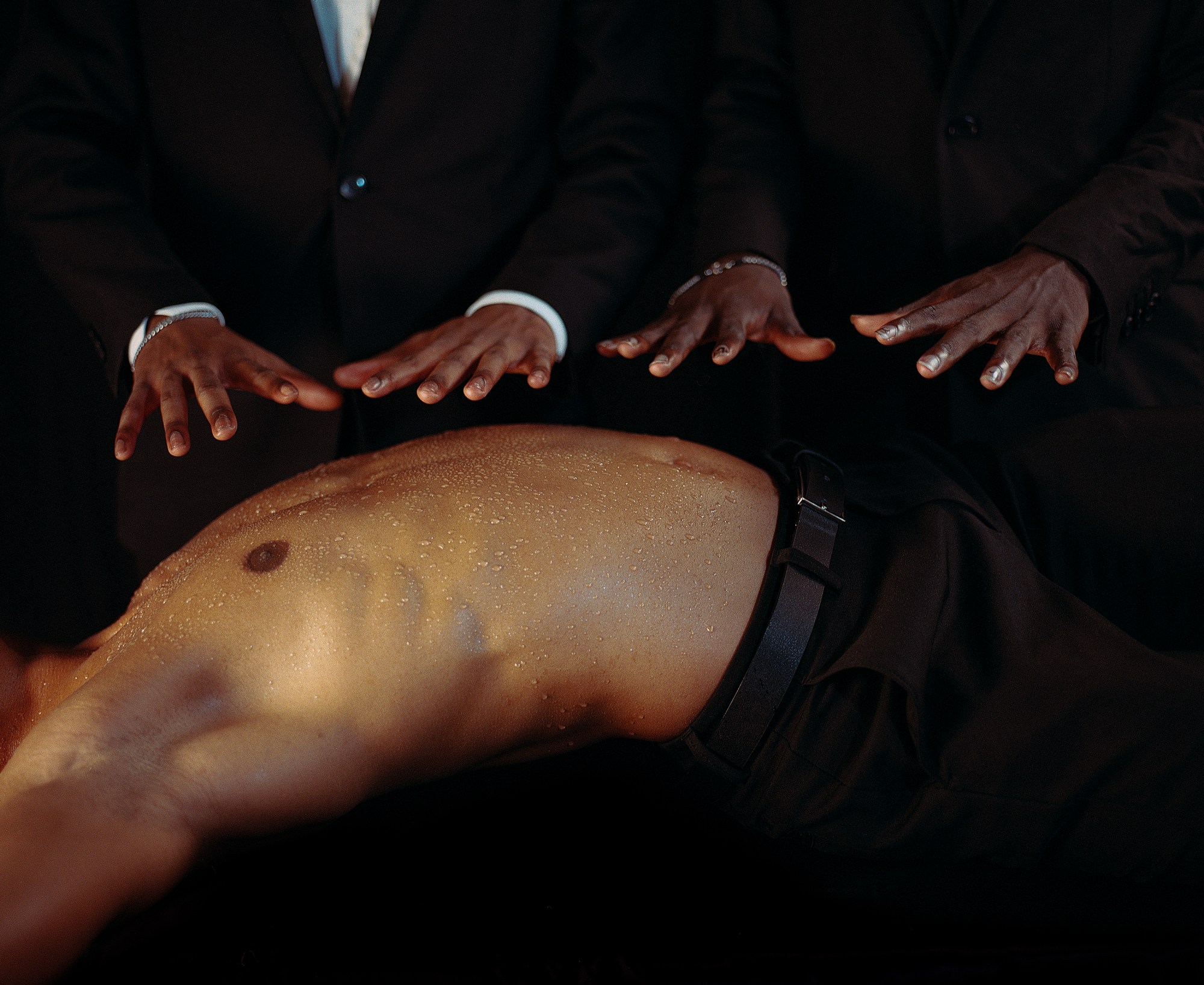
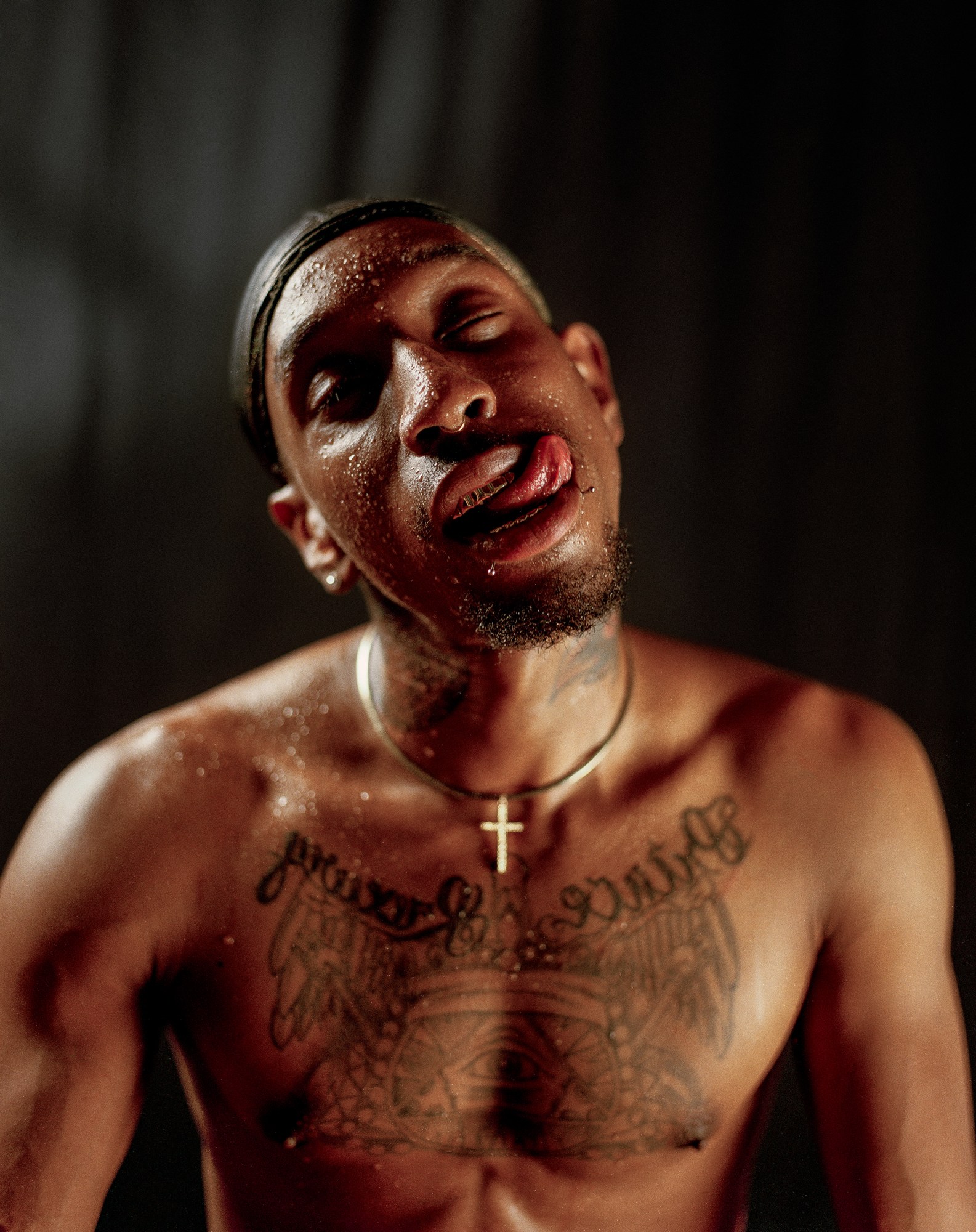
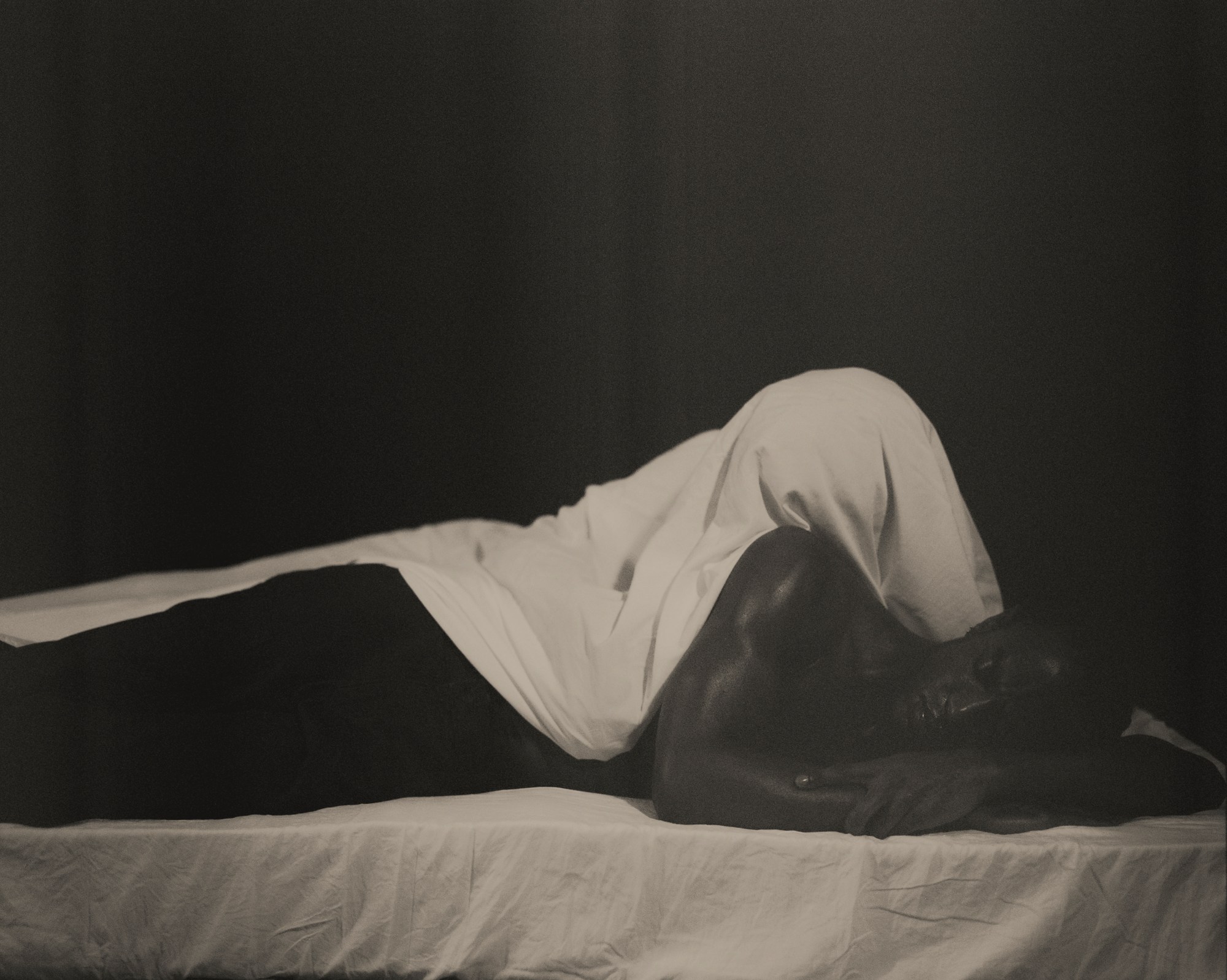
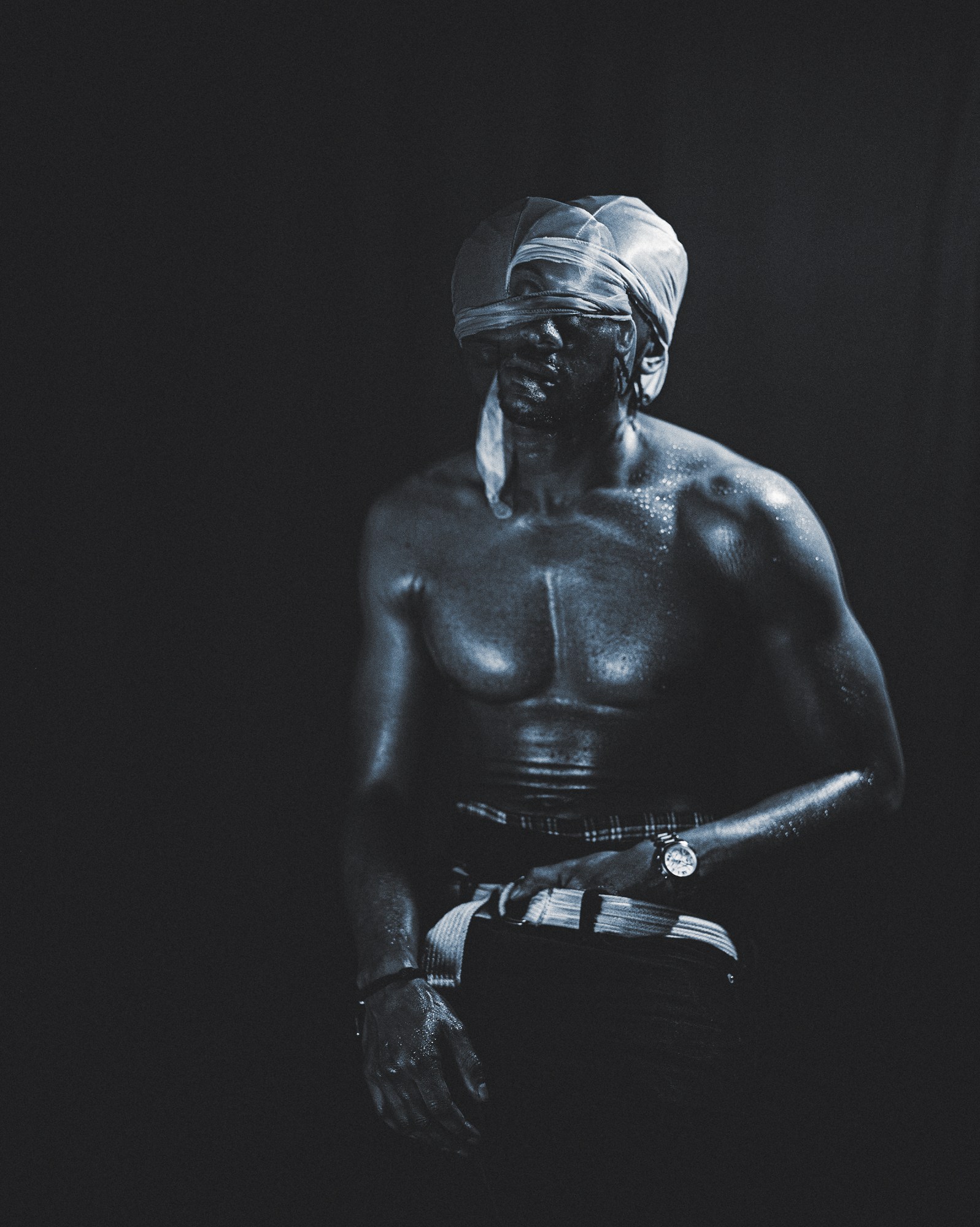


Credits
All images courtesy of Yossi Milo Gallery, New York


